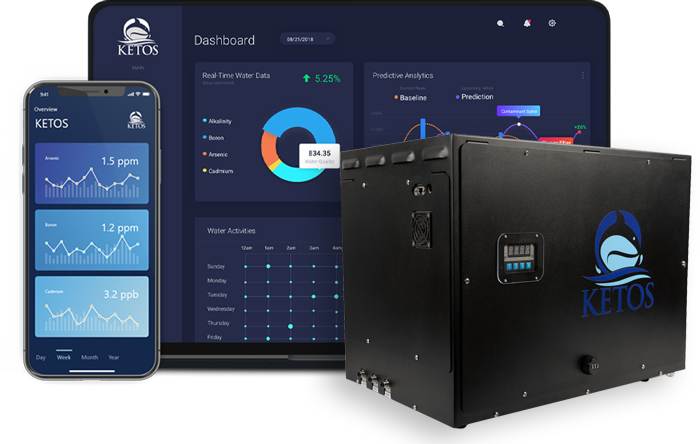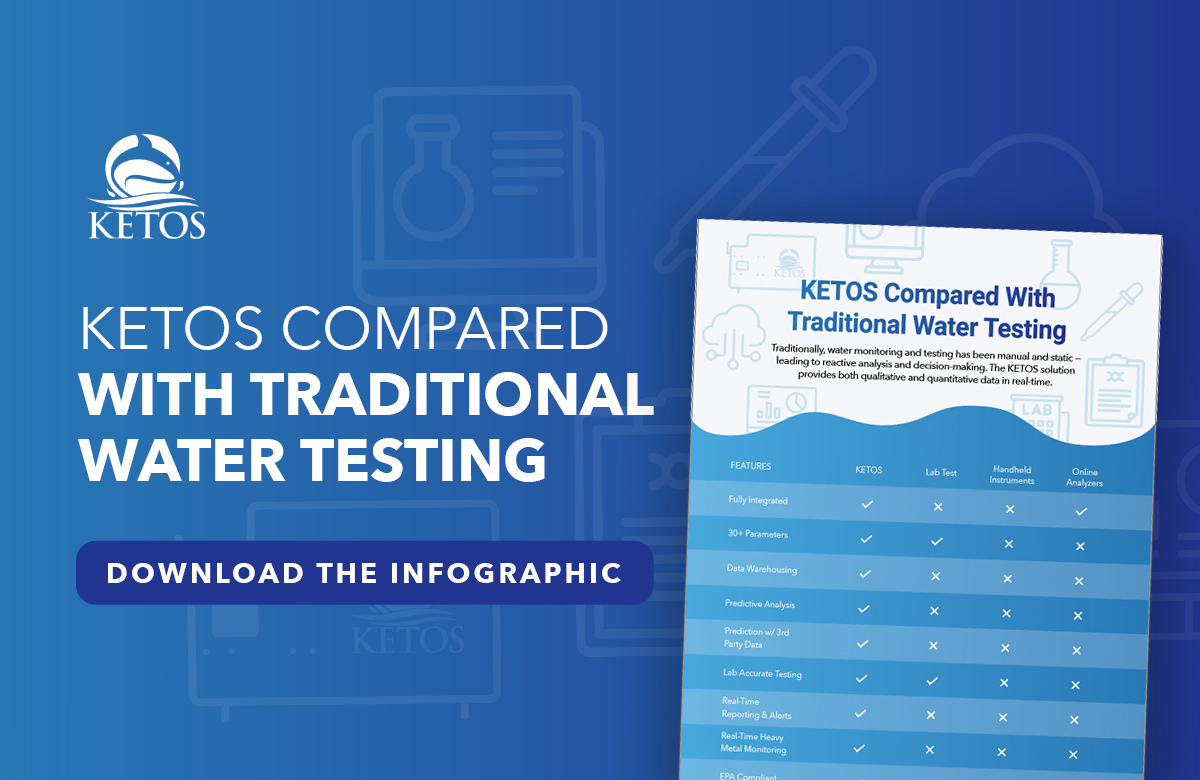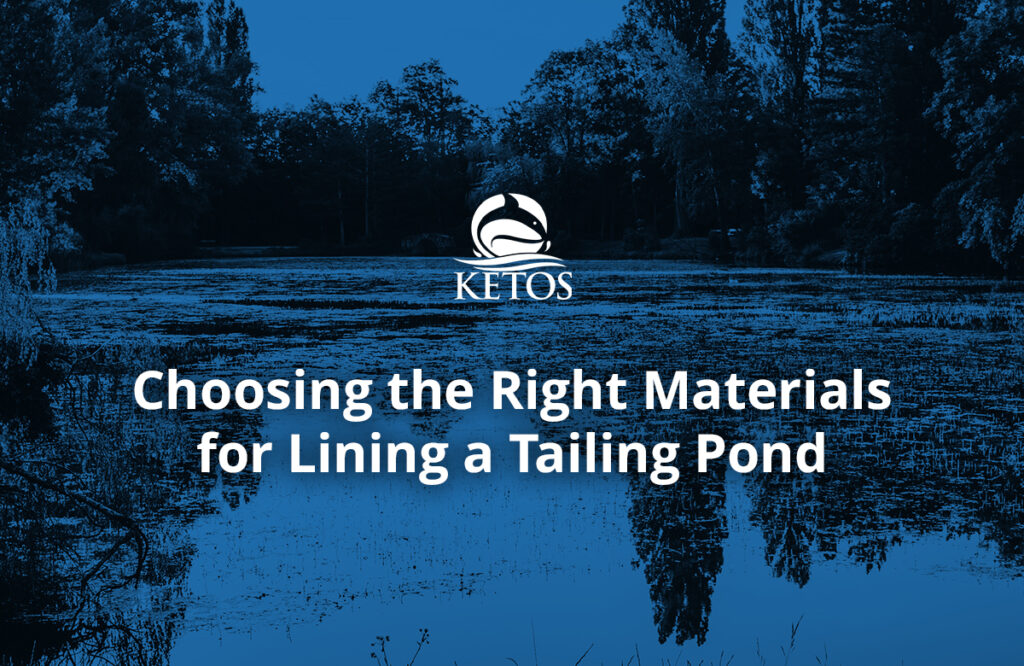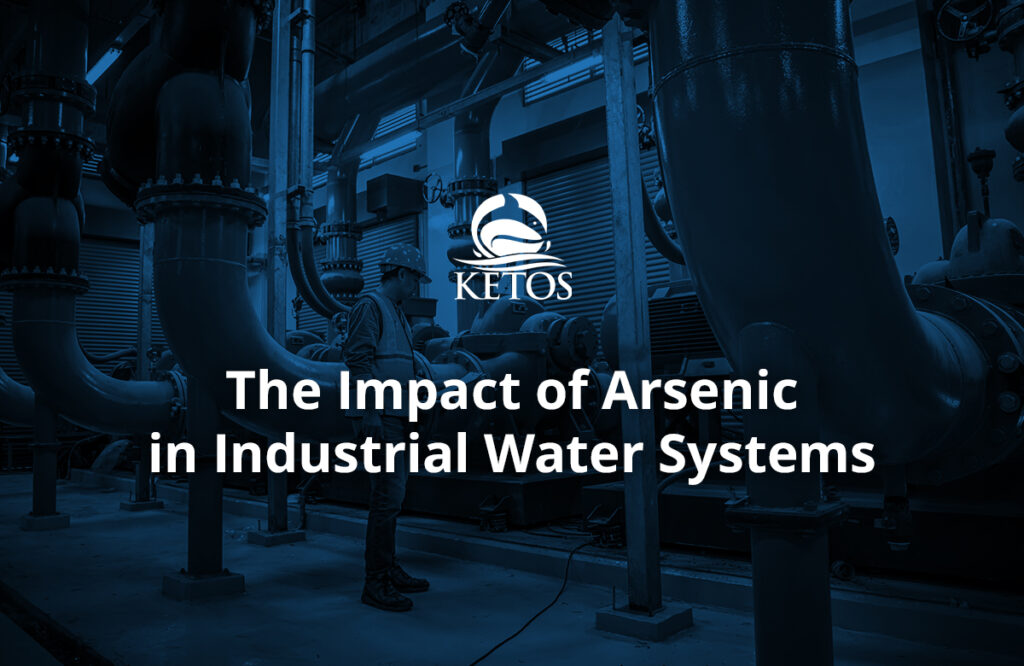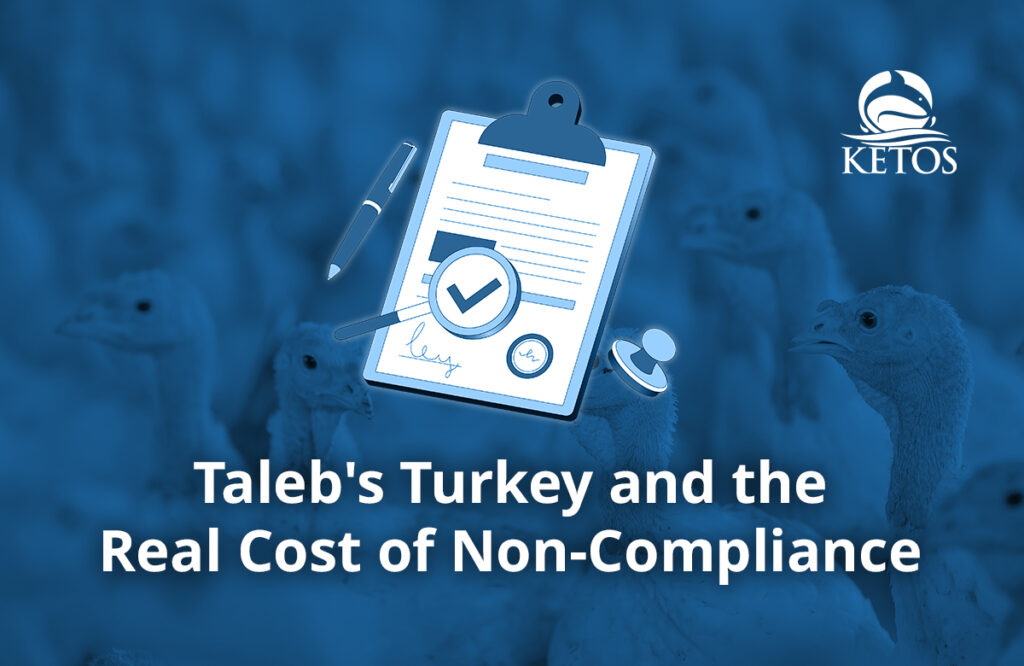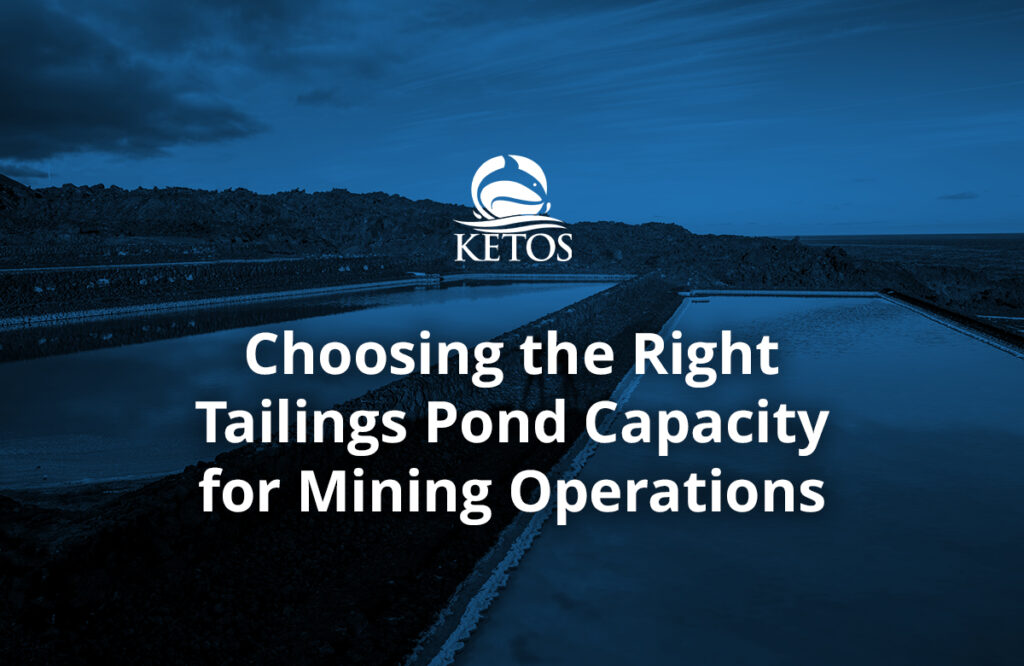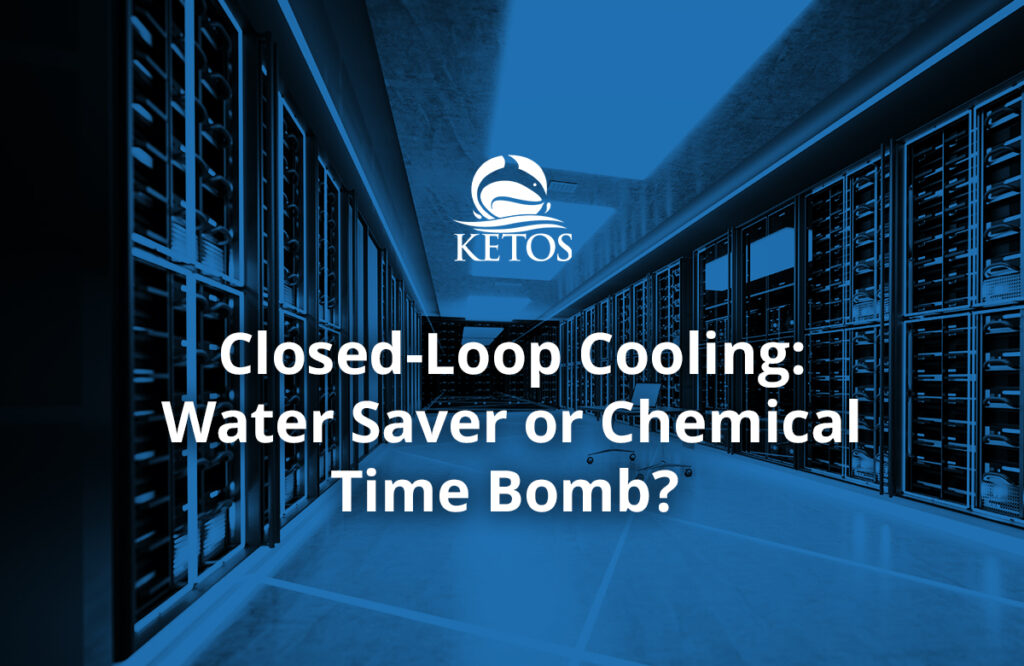When it comes to quality water monitoring, the need for accurate, real-time data is critical. However, the water industry has relied on manual and static testing methods for years, resulting in reactive analysis and decision-making.
KETOS, a leading digital water technology, has revolutionized the water industry landscape with our award-winning water quality monitoring solution: the KETOS SHIELD. While many companies still rely on outdated forms of water quality monitoring, many more are moving towards more digital solutions. In our infographic, we break down why traditional lab testing, handheld instruments, and online analyzers can’t match the reliability and performance of KETOS SHIELD.
The Limitations of Traditional Water Testing Methods
Traditional water testing methods include inefficient tools. For instance, lab testing often requires more time and samples to be physically collected and transported to a laboratory. This process can take days or weeks, hindering timely decision-making and delaying proactive action. Moreover, it cannot provide real-time data on water quality, rendering it reactive in nature.
Similarly, while offering more convenience than lab testing, handheld instruments and online analyzers still have their shortcomings. These methods typically provide only quantitative data. As such, these tools offer a water operator limited insight into water quality and potential contaminants. Also, as they often require manual operation and interpretation, they are subject to human error and subjectivity.
Shortcomings across traditional water quality testing methods include:
Lab Testing:
- Time delays. Lab testing requires the physical collection and transportation of water samples to a laboratory, resulting in significant time delays. Relying on this method can impede timely decision-making and proactive actions addressing potential water quality issues.
- Lack of real-time data. Lab testing provides results after samples are analyzed, offering only retrospective insights. Real-time monitoring and immediate data availability are absent, limiting the ability to take swift corrective actions.
Handheld Instruments:
- Lack of qualitative data. Handheld instruments typically provide quantitative data, such as specific measurements of certain parameters. This approach offers limited insight into the overall water quality.
- Limited testing. Handheld instruments only test narrow parameters and may overlook potential contaminants or issues not captured by the device.
- Manual operation and interpretation. Handheld instruments require human operation and interpretation, which can introduce human error and subjectivity into the analysis process. Consistency and accuracy vary depending on the operator’s skill and experience.
Online Analyzers:
- Limited parameters. Online analyzers often focus on specific parameters and do not capture a comprehensive picture of water quality. This limited scope can overlook crucial indicators or potential contaminants.
- Reliance on external systems. Online analyzers may require additional infrastructure, procedures, or data transmission and analysis methods. This adds unnecessary complexity and creates more potential points of failure in the monitoring process.
Overall, these traditional methods suffer from inherent limitations, including time delays, lack of real-time data, restricted parameter analysis, manual operation, and potential human error. Modern water operators need a more advanced and comprehensive solution like the KETOS SHIELD, which overcomes these challenges and delivers enhanced water monitoring capabilities to ensure companies gain a 360-degree understanding of water quality.
Why Your Company Needs a Modern Water Solution
Organizations need to rethink their approach to water quality monitoring for many reasons. With digital water solutions like KETOS, utilities and companies gain a real advantage on multiple fronts, including:
- Cost Savings. Implementing a modern water solution like the KETOS SHIELD can lead to significant cost savings. By providing real-time data and proactive monitoring, the SHIELD helps identify and address potential issues before they escalate, preventing expensive downtime, equipment damage, and water-related disruptions.
- Manual Labor Savings. Traditional water testing methods require manual labor for sample collection, transportation, and analysis. Adopting a modern water solution eliminates the need for these time-consuming and labor-intensive tasks. The SHIELD’s automated data collection and analysis capabilities streamline processes, freeing up valuable resources so teams can focus on more strategic initiatives.
- Better Compliance. Regulatory compliance is crucial; non-compliance can lead to significant penalties and reputational damage. Modern water solutions, such as the KETOS SHIELD, simplify compliance by automating reporting based on real-time data. This reduces the burden of manual reporting and ensures that your company adheres to regulatory guidelines.
- Solid ESG (Environmental, Social, and Governance) Reporting. As ESG and sustainability initiatives gain traction across industries, an embedded digital water solution helps meet reporting requirements. The KETOS SHIELD enhances transparency and provides comprehensive data on water, enabling companies to monitor and report any environmental impact accurately.
- Centralized Data Collection and Reporting. Traditional water testing methods often result in data silos and incomplete reporting. This makes having a unified view of water quality challenging, especially across different sites or locations. With a modern water solution like the KETOS SHIELD, data collection and reporting are centralized via a cloud-based platform. Companies can access and analyze data from multiple sources in real time, enabling better decision-making and more efficient resource allocation.
The KETOS SHIELD Advantage
KETOS offers a more comprehensive and efficient solution to water monitoring. Our digital water technology helps organizations overcome the limitations associated with traditional methods and provides businesses with accurate, real-time, and actionable insights into water quality. With KETOS, organizations gain:
- Real-Time Data and Continuous Monitoring. KETOS offers continuous monitoring capabilities, providing real-time data on water quality on-site. Unlike third-party lab testing, businesses can immediately identify and respond to anomalies or potential issues, preventing costly problems. The SHIELD’s IoT connectivity ensures users can access information anytime, anywhere.
- Qualitative and Quantitative Analysis. KETOS goes beyond quantitative data and incorporates qualitative analysis as well. By leveraging advanced sensors and algorithms, users gain a comprehensive understanding of water quality, enabling them to make informed decisions and take proactive measures.
- AI-Driven Insights and Predictive Analytics. Artificial intelligence (AI) and predictive analytics empower companies to leverage past data to reveal patterns and predict trends. The system learns from historical data patterns and applies machine learning algorithms to provide predictive insights to anticipate and prevent potential water quality issues, optimize operations, and minimize risks.
- Cost-Efficiency and Time Savings. By eliminating the need for manual sample collection and transportation, KETOS SHIELD significantly reduces time delays and associated costs. Automated data collection and analysis capabilities streamline processes, allowing businesses to allocate resources more effectively. With proactive monitoring and early detection of anomalies, water operators can prevent costly disruptions and downtime.
- Regulatory Compliance and Reporting. KETOS SHIELD simplifies compliance, saving time and effort for businesses.
Conclusion
As the water industry evolves, digital solutions like KETOS SHIELD are leading the way in transforming water monitoring practices. SHIELD empowers businesses to proactively manage their water with real-time data, qualitative and quantitative analysis, AI-driven insights, and predictive analytics.
Want a direct comparison of SHIELD against other water quality collection methods? Download our infographic for a visual overview!
